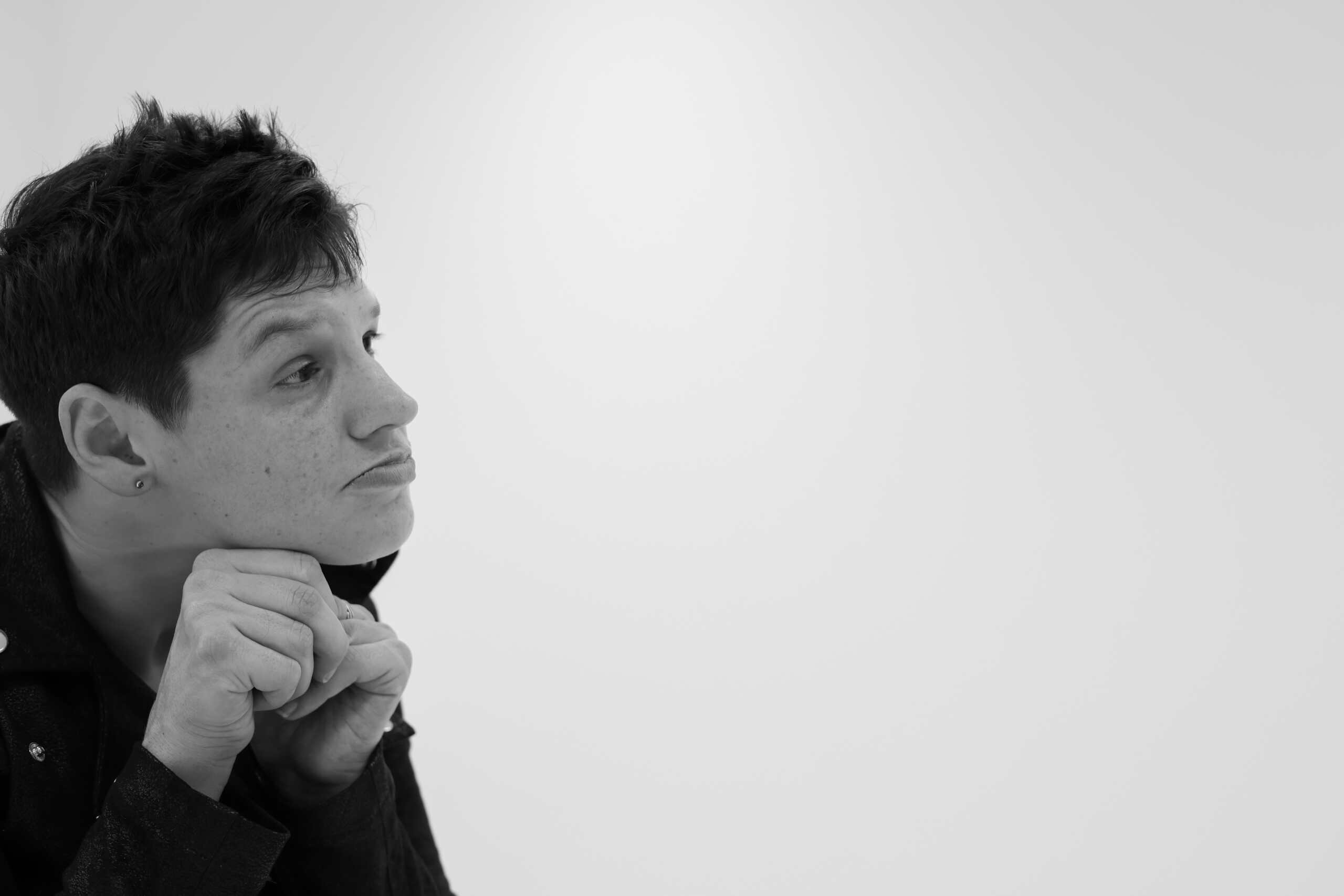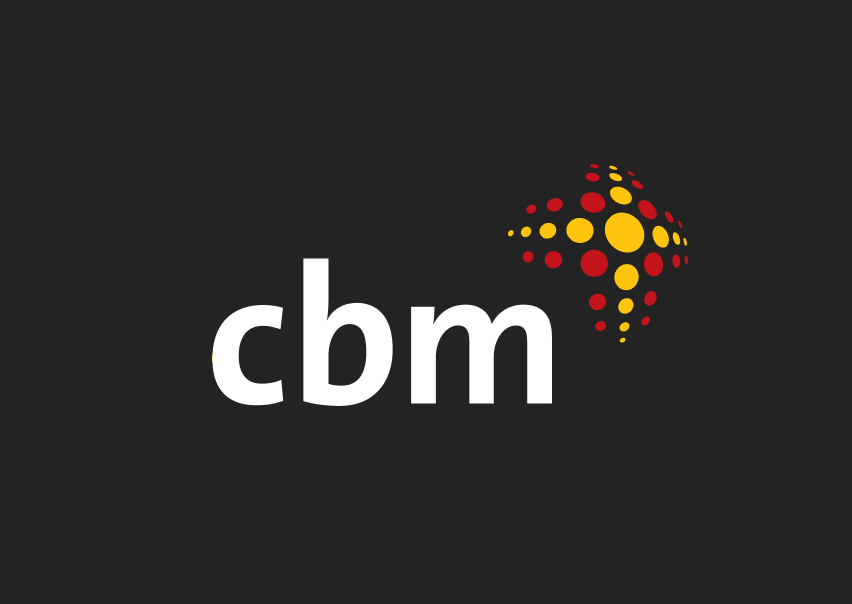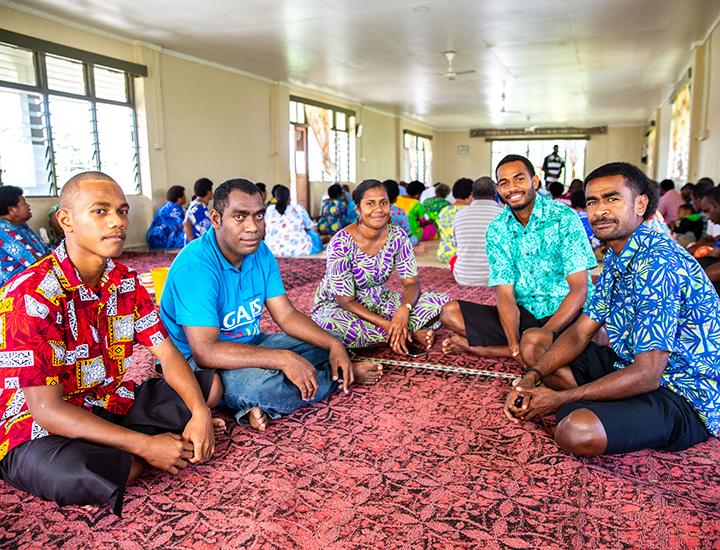Eye health camp takes up residency in East Nepal
Stories | August 4, 2020
An inclusive eye health camp in a small village in eastern Nepal, near the border with India, was the hive of activity.
Megaphone advertising, pamphlets and a poster campaign attracted more than 200 people to the camp on the day we visited.
Despite blistering heat, mums and dads with babies and school-aged children, along with grandparents and hundreds of other people, made long and dusty journeys to see one of seven eye care professionals from this CBM-funded program
When we arrived at 10.30am, the temperature was 44 degrees and ophthalmic assistants had already screened 100 people. Those requiring small procedures had them on the spot. Those with low vision or refractive sight conditions received scripts for glasses that would be delivered the next day.
Those requiring operations, mainly due to cataracts, had been sent home to collect their bags and return at 4pm when a bus was scheduled to take them to the CBM-funded eye hospital about an hour away. All these services are completely free.
Free and accessible health care is vital in Nepal. According to the World Bank, almost 11% of Nepal’s population lives below the $1.90 a day poverty line.
In the past four decades, with the assistance of the generous Australians who support CBM, eye health across Nepal has improved considerably. The Rapid Assessment of Avoidable Blindness (RAAB) survey undertaken from 2006 to 2010 indicated that the occurrence of blindness in Nepal had more than halved, down to 0.35% of the population.
The next iteration of the RAAB survey is underway across Nepal and the medics at this hospital are convinced that ongoing support for accessible eye health programs will help provide continuous improvement throughout the country.
Encouragingly, CBM’s community-based inclusive development program has ensured that those with continuing low vision receive assistive devices, job training and specialist assistance to return to school or study. Where disabled people’s organisations are active within their community, locals are encouraged to join in advocacy programs aimed at improving attitudes towards those living with disability and increasing inclusiveness for all.
Despite all this work and improvements in eye health, cataracts continue to be the major cause of blindness (62.2%) in Nepal. More than 111,000 people are blind in one or both eyes due to cataracts.
Back in the small eastern Nepal community centre, appointments are running like clockwork, ensuring that 200 people will have their eyesight assessed between 9am and midday.
This eye health camp is just one of 140 CBM-funded camps that will travel through eastern Nepal over the next year with the strong ambition of eradicating preventable blindness for the people of this region.
Miracles Day 2020 may have been, but it’s not too late to make a donation! A gift of $33 can give someone with preventable blindness or cataracts the Miracle gift of sight. Give your miracle at miraclesday.com.au or call 13 12 26.
https://www.cbm.org.au/stories/eye-health-camp-takes-up-residency-in-east-nepal
Related Stories

Week 2 – Lent series 2025
Lent, Solidarity and Lament “It’s like I’ve woken up in an alternate universe.” These words I have said a few times over the last three weeks....

Building a Just and Inclusive Future: Disability-Inclusive Disaster Risk Reduction and Climate Action
People with disabilities are among the hardest hit by...

Week 1 – Lent series 2025
Being held by Jesus…held together by Jesus, invites us to lean into solidarity. As we begin Lent today, we will be reflecting on the theme...
